Contact
Masper Powerflushing Experts,
All Your Central Heating
Maintenace needs.
Call
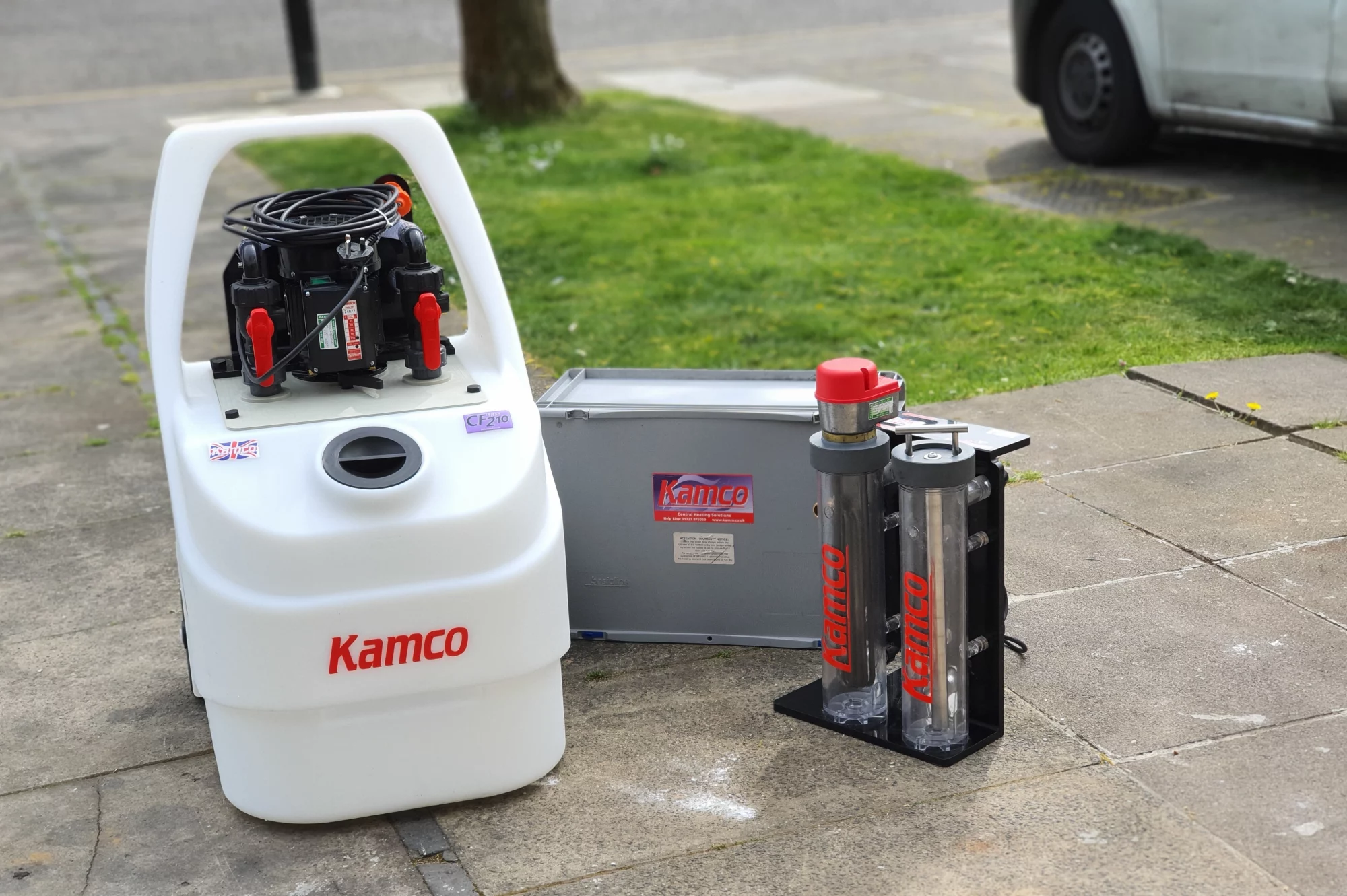
Powerflushing is an intensive cleaning process for central heating systems. It’s carried out by professional Heating Engineers and involves the use of a high-flow, low-pressure pump to circulate a mixture of water and specialist cleaning chemicals throughout the system. The purpose of this is to remove deposits of rust, sludge, and other debris that build up over time and can impair the performance of the system. This buildup can lead to inefficient heating, increased energy bills, and potential damage to your boiler and radiators. Powerflushing helps to restore the efficiency of your heating system, improving heat output and circulation.
Absolutely, a heating power flush is an investment in your home’s comfort and efficiency. This process helps to improve the efficiency of your heating system, potentially reducing your energy bills and prolonging the lifespan of your boiler and radiators. It can also help to resolve common heating issues, such as cold spots on radiators, inconsistent heating, and noisy boilers. Furthermore, by maintaining your heating system with regular powerflushes, you can help prevent significant issues down the line, avoiding expensive repairs or replacements. If you’re unsure if your system would benefit from a powerflush, professional Plumbing Services can provide expert advice and assessments.
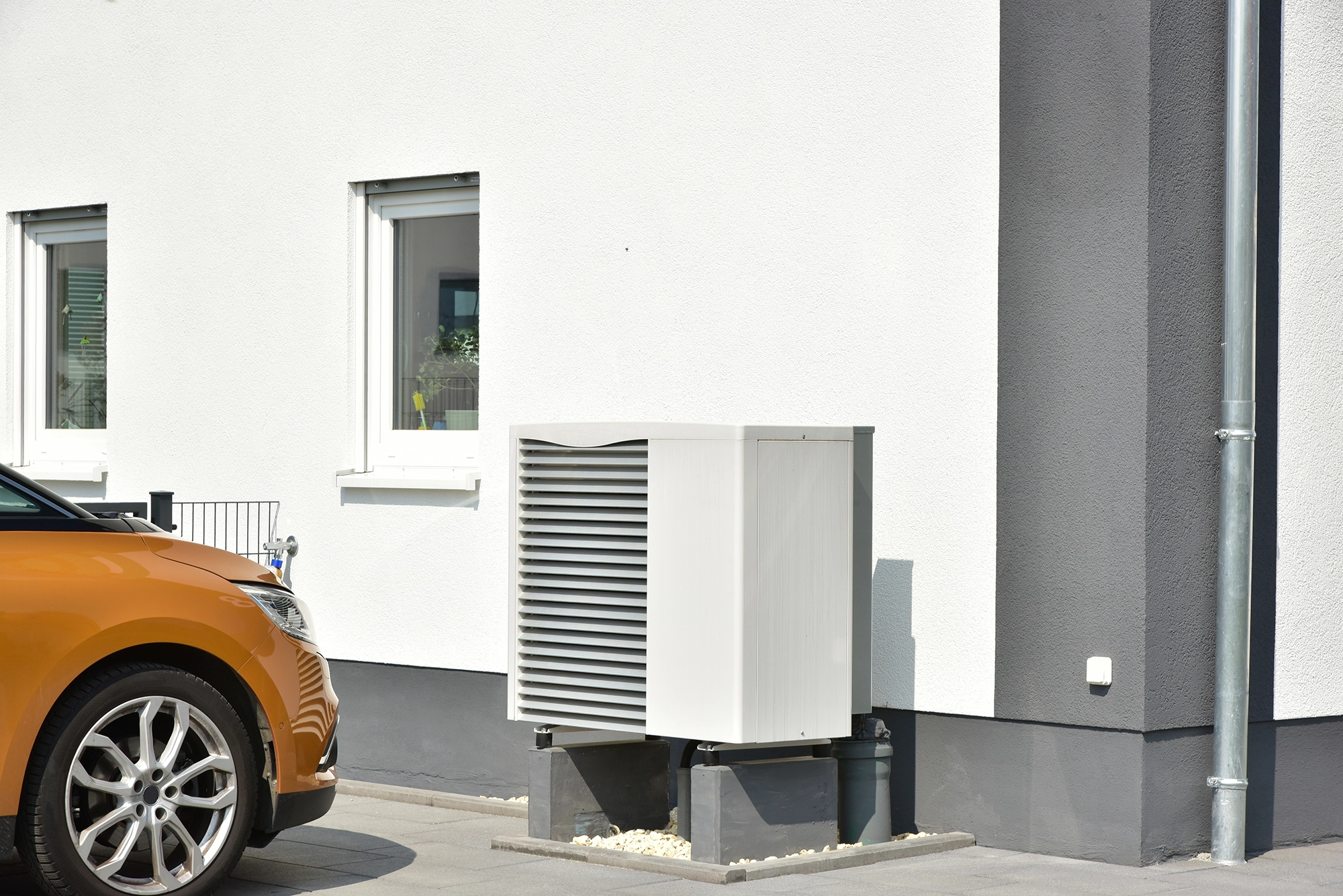
Air source heat pumps, which extract heat from the outside air to heat your home, typically don’t require powerflushing as they operate differently from traditional heating systems. However, if your system includes radiators or an Underfloor Heating system, it could still be beneficial to perform a powerflush. This is because sludge and debris can accumulate in these components, restricting the efficient flow of water. Therefore, if you notice signs of poor performance, it could be worth discussing a powerflush with a heating professional.
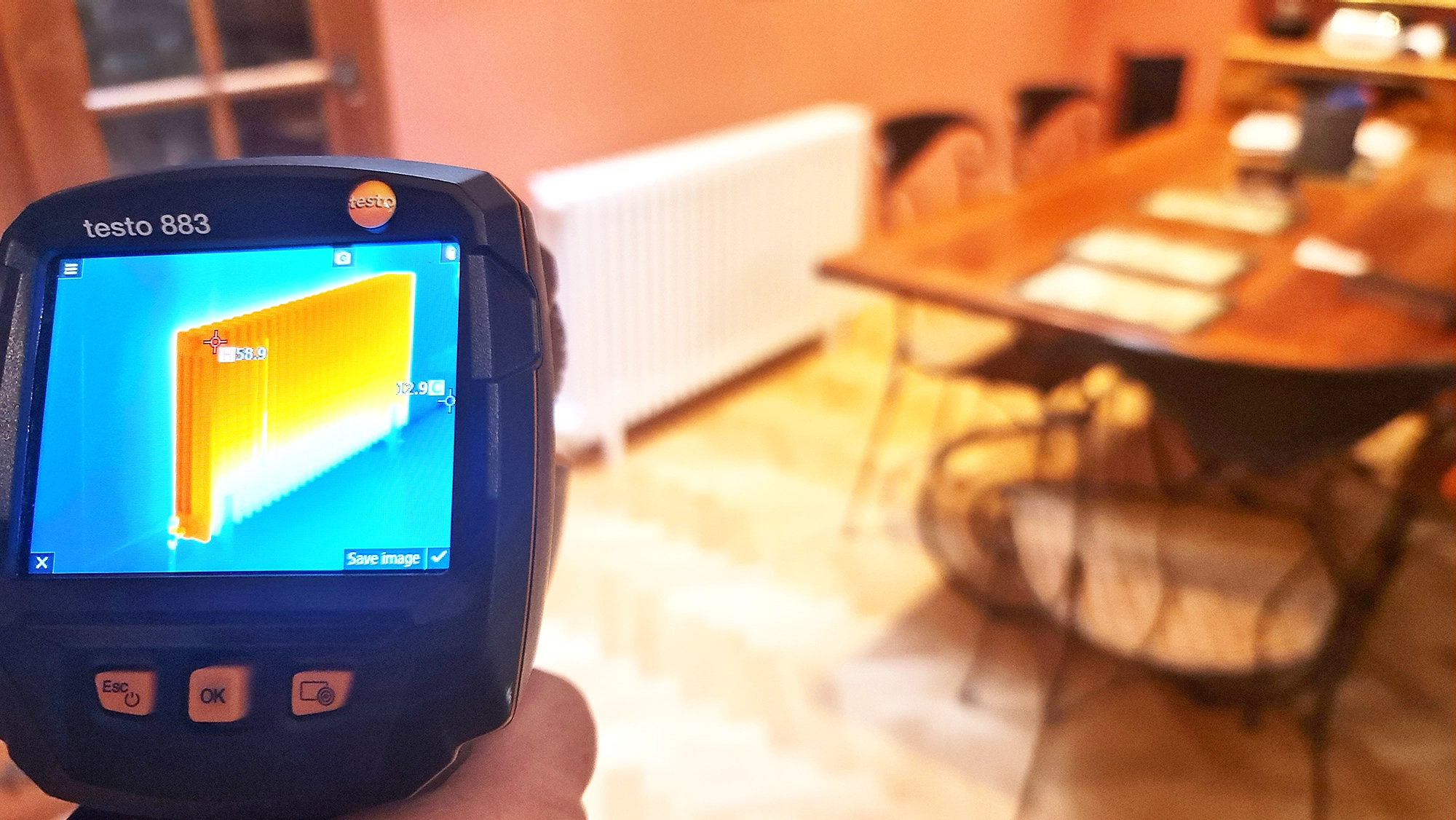
Yes, it’s highly recommended to powerflush your heating system when installing a New Boiler. The main reason for this is to ensure that your new boiler is being installed into a clean system. If you install a new boiler into an existing system that contains rust, sludge, and other debris, these contaminants can quickly damage your new boiler and significantly reduce its effectiveness and lifespan. By powerflushing your system prior to the new boiler installation, you can maximise the efficiency and longevity of your new appliance.
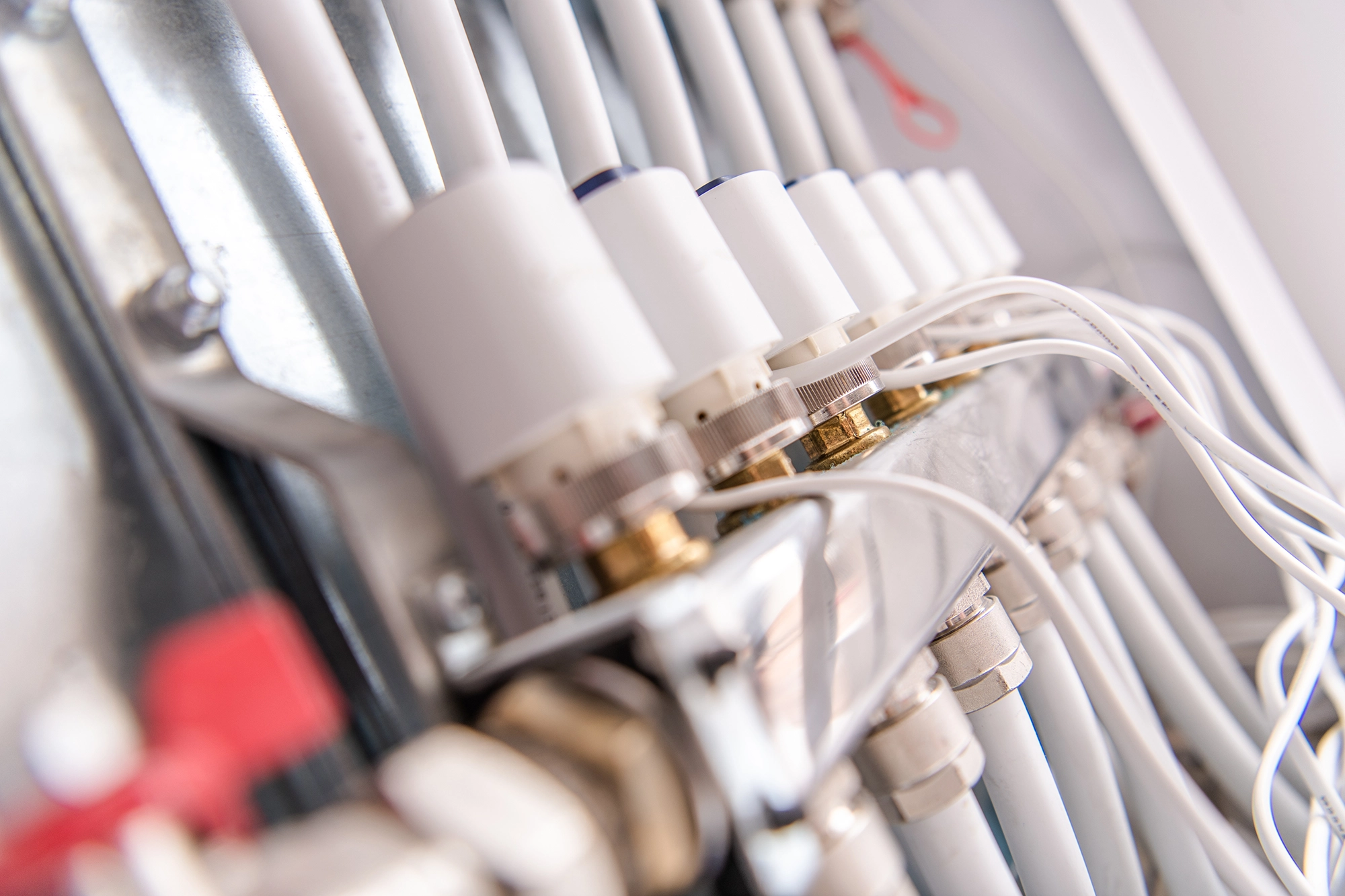
Powerflushing can be particularly beneficial for older heating systems. Over the years, deposits of rust and sludge can accumulate within the system. These deposits can lead to a variety of problems, including reduced heat output, inconsistent heating, boiler noise, and in some cases, total system failure. If your heating system is several years old and has never been powerflushed, or if you’re experiencing any of the issues mentioned above, a powerflush could help to restore your system’s efficiency and reliability.
The frequency of powerflushing can depend on several factors, including the age and condition of your heating system and the quality of your water supply. However, as a general guideline, many heating professionals recommend powerflushing every 5-10 years to maintain optimal performance. But if you notice problems such as uneven heating, cold spots on radiators, a noisy boiler, or discoloured water when you bleed the radiators, it might suggest that a powerflush is needed sooner. If in doubt, it’s best to consult with a professional from our Plumbing Services.
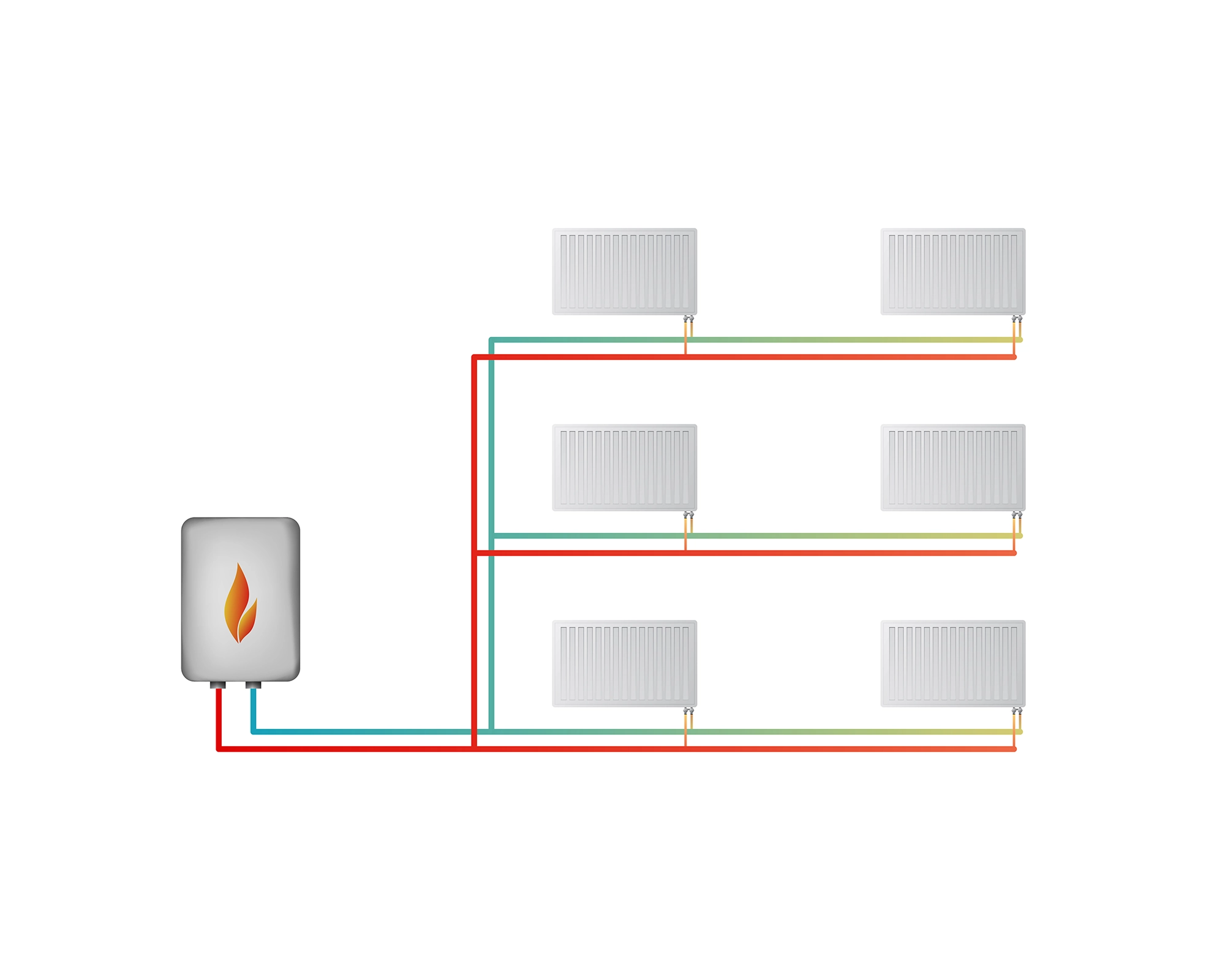
There isn’t a one-size-fits-all answer to this, as the frequency of powerflushing can depend on several factors. These include the type of heating system you have, the hardness of your water, the age of your system, and whether you’ve had any new components installed. However, as a general rule, it’s recommended to powerflush your system every 5-7 years. If you’re experiencing issues such as cold spots on your radiators or excessive boiler noise, it might indicate that a powerflush is needed sooner.
When carried out correctly by a professional, a powerflush should not cause damage to your boiler or heating system. In fact, it’s a procedure designed to improve the performance and lifespan of your system. However, it’s worth noting that in rare cases, the process may highlight pre-existing issues within your system, such as weak joints or corroded components that were previously weakened by the buildup of sludge and rust. It’s crucial, therefore, to ensure that this procedure is carried out by experienced Heating Engineers who can correctly identify and address any such issues.
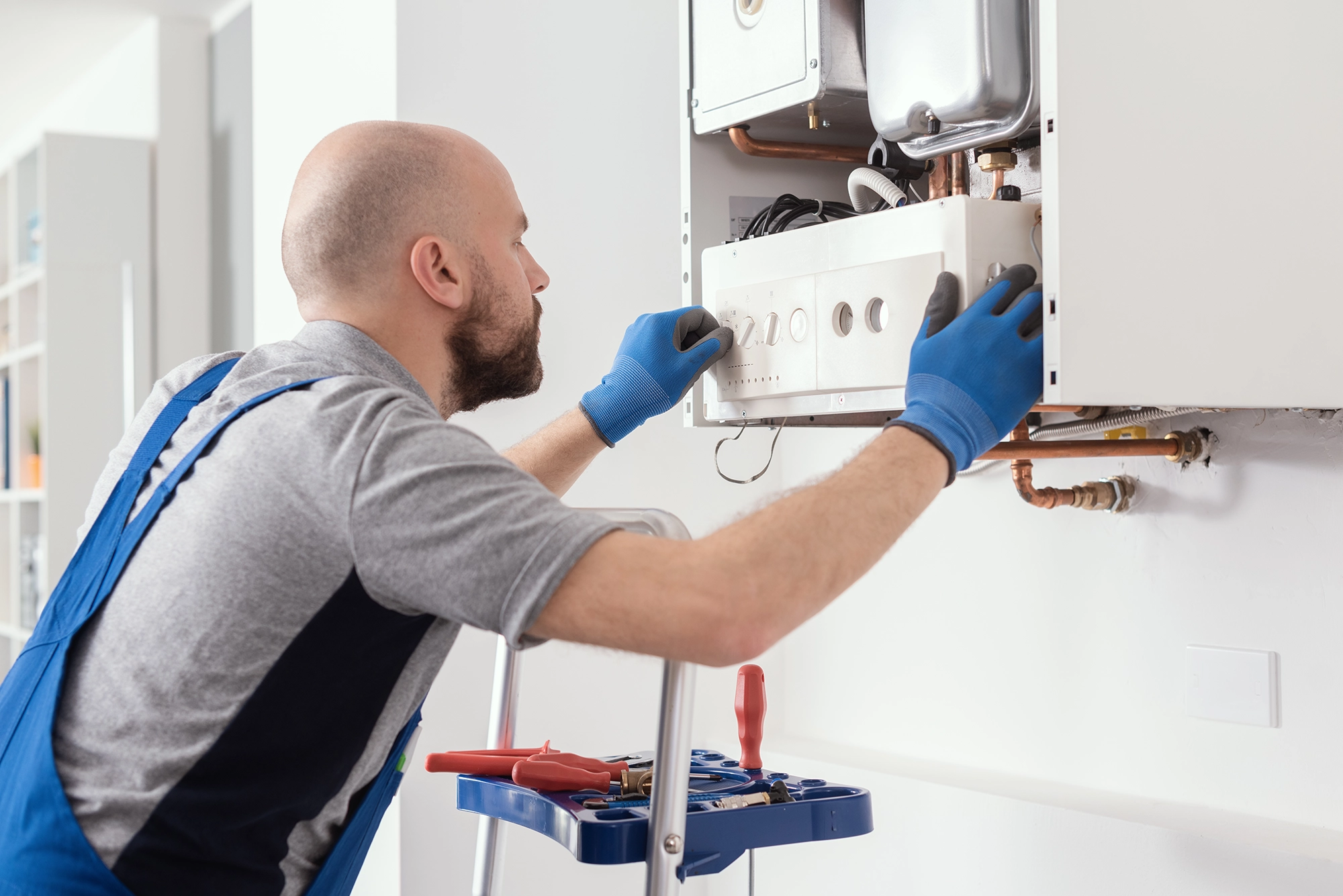
Yes, powerflushing can be highly effective at improving the efficiency and performance of your central heating system. It works by removing the sludge, rust, and other debris that can accumulate over time and hinder the flow of water. By clearing these blockages, powerflushing allows hot water to circulate more freely, improving heat distribution throughout your home. This can result in a more efficiently operating system, which can help to reduce your energy bills. In addition, powerflushing can also help to prevent future heating problems and prolong the lifespan of your system.
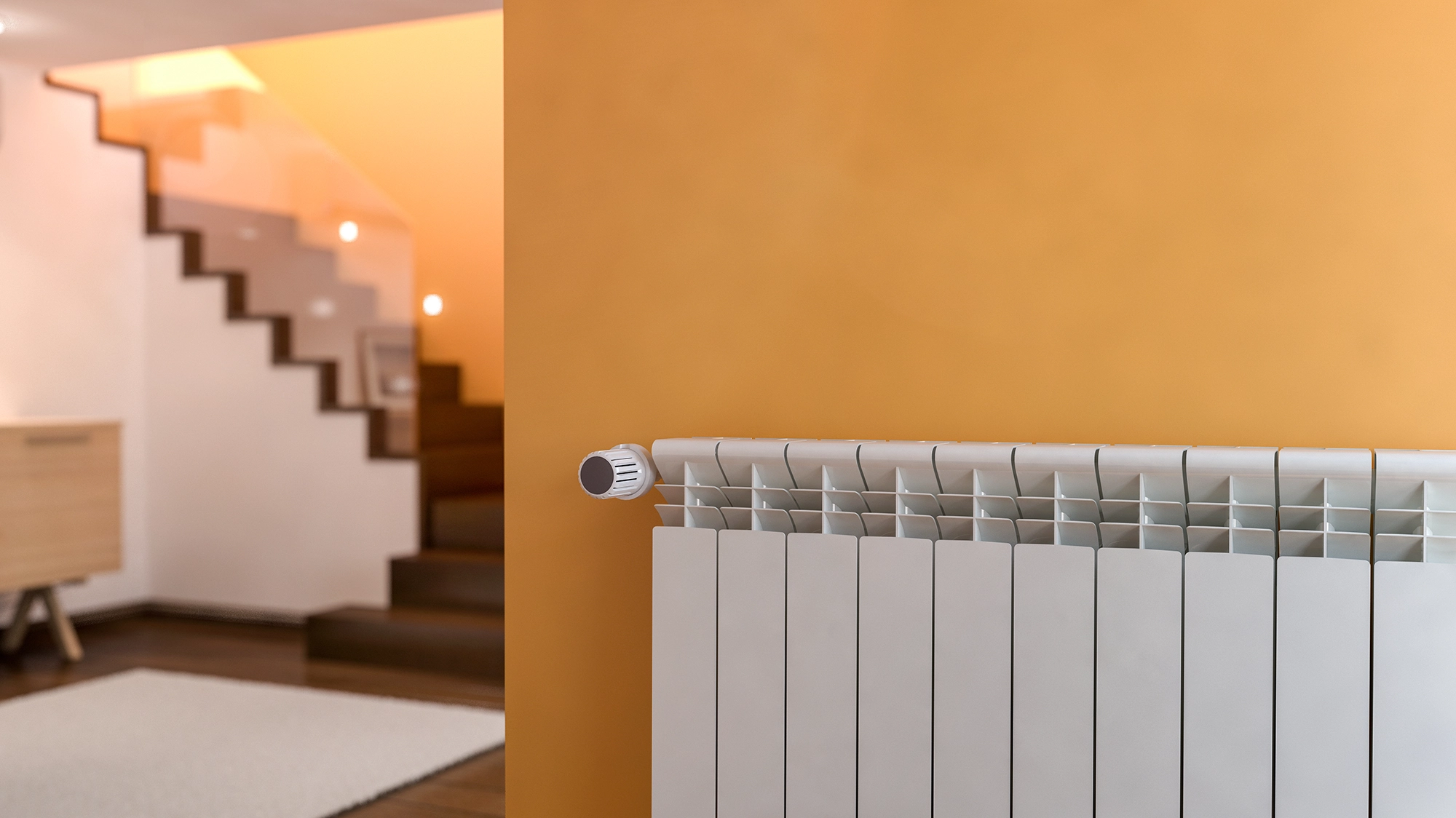
There are several signs that your heating system may benefit from a powerflush. These include:
Please don’t hesitate to Contact Us if you have further questions or need to schedule a powerflush for your heating system. Our team is always ready to help ensure your heating system is running efficiently and effectively.